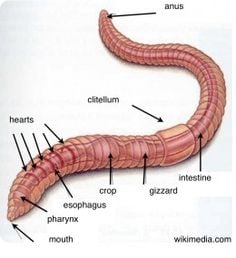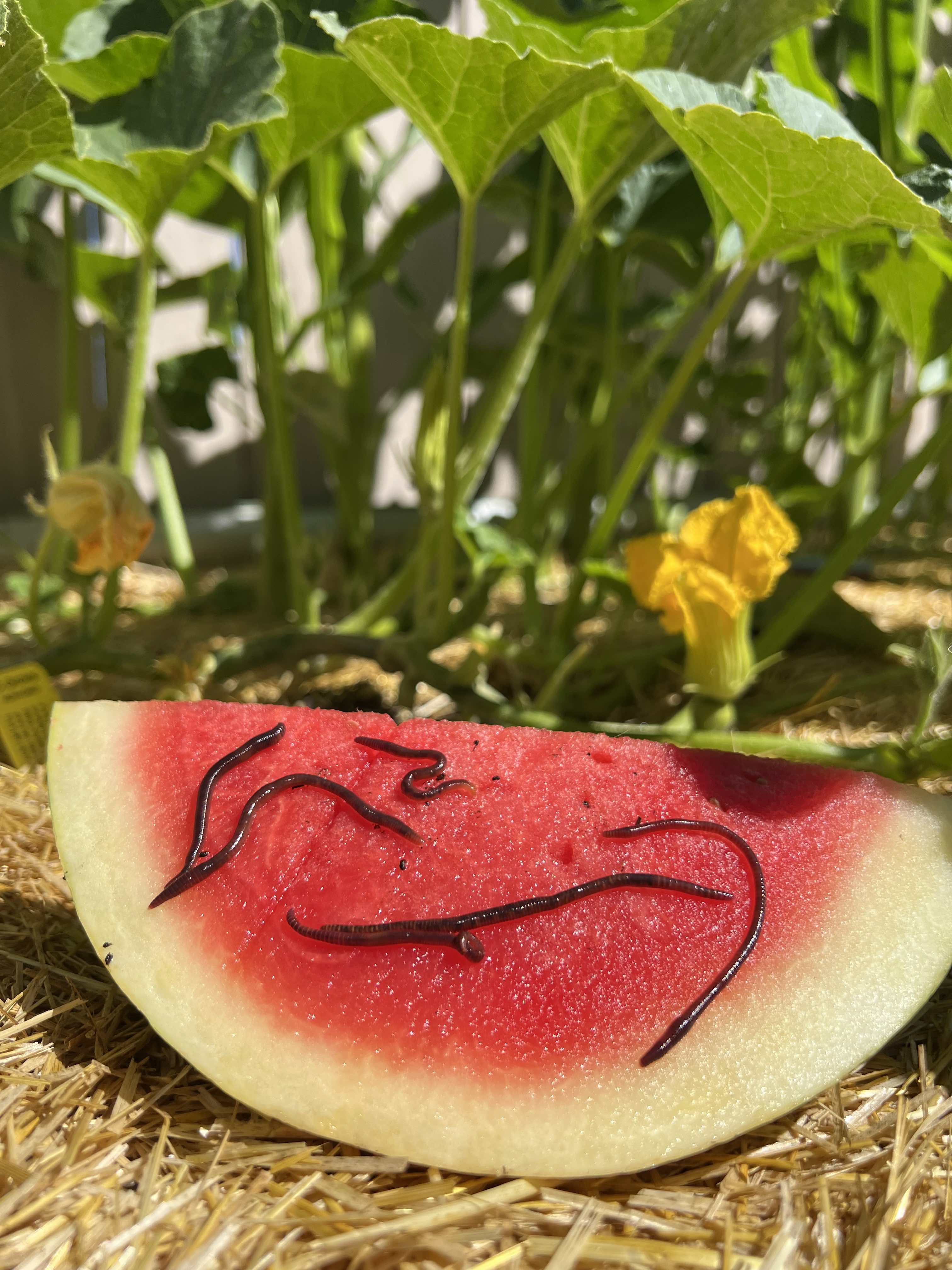Optimizing the Perks of Red Wiggler Worms: A Comprehensive Guidebook for Home Gardeners and Urban Farmers
In the realm of sustainable horticulture techniques, red wiggler worms stand as unhonored heroes, silently transforming natural waste into nutrient-rich spreadings that can work marvels for soil health. As home gardeners and city farmers increasingly look for cost-effective and eco pleasant means to improve their yards, the potential advantages of taking advantage of the power of red wigglers can not be overstated. From reducing kitchen waste to cultivating much healthier plants, the utilization of these humble animals provides a myriad of advantages. By discovering the complexities of how to successfully look after and take full advantage of the advantages of red wiggler worms, individuals can open a wide range of possibilities for improving the sustainability and performance of their horticulture endeavors.
Comprehending Red Wiggler Worms
Red Wiggler worms, renowned for their effective composting capabilities, are a types of earthworms extensively used in vermiculture techniques. These worms, scientifically understood as Eisenia fetida, grow in rotting natural product, making them perfect prospects for composting.
One secret feature of Red Wiggler worms is their reproductive rate. These hermaphroditic creatures have both female and male reproductive body organs, permitting them to replicate swiftly under desirable conditions. A mature Red Wiggler can create numerous spawn in a short period, ensuring a stable populace within a composting system.

Establishing a Worm Bin
When developing a worm bin for vermiculture functions, correct prep work and interest to information are important for producing a helpful environment for Red Wiggler worms. Begin by selecting an appropriate container for your worm container.

Place the worm bin in a trendy, dark location far from direct sunshine and severe temperatures. Frequently check the moisture levels, adding water if the bed linen feels completely dry or half-cracked. Feed the worms a balanced diet of fruit and vegetable scraps, avoiding citrus fruits, onions, and spicy foods. By following these actions, you can establish a thriving worm container that will successfully refine natural waste into nutrient-rich vermicompost for your yard.
Feeding and Preserving Worms
Making sure a nutritious and well balanced diet is critical for the health and efficiency of Red Wiggler worms in a vermiculture system. It is important to stay clear of feeding them citrus fruits, onions, garlic, milk items, meat, and oily foods as these can be dangerous to the worms or trigger undesirable smells in the bin.
Correct dampness levels are also vital for the well-being of Red Wiggler worms. The bedding needs to seem like a moist sponge, giving adequate moisture for the worms to breathe via their skin. Frequently check the moisture degrees and adjust by including water or completely dry bed linens product as needed. Furthermore, preserving correct temperature level conditions in between Visit This Link 55-77 ° F(13-25 ° C )will certainly guarantee optimum worm task and reproduction. By diligently monitoring their diet regimen, dampness, and ecological conditions, home gardeners and metropolitan farmers can maintain a efficient and healthy Red Wiggler worm population for composting purposes.
Collecting Worm Castings
To effectively draw out nutrient-rich worm castings from the vermicompost, an organized harvesting process is crucial for maximizing the composting benefits. Red Wiggler Worms. The primary step in harvesting worm spreadings is to urge the worms to move away of the bin. This can be accomplished by putting fresh food scraps on one side and leaving the opposite undisturbed for a few days. As soon as the bulk of worms have actually dodged with fresh food, the castings can be gathered from the opposite side.
After the spreadings have actually been gathered, it is essential to separate any type of remaining worms from the castings to avoid hurting them throughout storage space or application. One efficient approach is to create conical stacks of castings under intense light. Worms will intuitively relocate far from the light, enabling for simple separation and elimination.
Lastly, the gathered worm spreadings ought to be saved in a cool, dark, and dry place to maintain their top quality and performance as a nutrient-rich soil change. By adhering to these actions, home garden enthusiasts and visit this site right here city farmers can take full advantage of the benefits of red wiggler worms in their vermicomposting systems.
Making Use Of Worm Castings in Horticulture
The incorporation of nutrient-rich worm spreadings into garden dirt can dramatically enhance plant development and total soil health. Worm castings, additionally called vermicast, are a natural plant food created by red wiggler worms as they damage down organic issue. These castings are rich in crucial nutrients like nitrogen, phosphorus, potassium, and helpful germs that advertise plant development and enhance soil structure.
When using worm castings in gardening, it is vital to blend them extensively right into the dirt or utilize them as a top clothing around plants. The slow-release nature of worm castings guarantees a stable supply of nutrients to plants with time, decreasing the threat of nutrient leaching and promoting long-term soil fertility. In addition, worm spreadings assist enhance soil aeration, water retention, and microbial activity, creating a healthy setting for plant origins to grow.

Verdict
To conclude, the use of red wiggler worms in home horticulture and urban farming can dramatically benefit soil health and wellness and plant development. By understanding exactly how to establish up and maintain a worm bin, feed the worms correctly, and collect their nutrient-rich spreadings, gardeners can make best use of the benefits of these earthworms. Integrating worm castings right into horticulture practices can enhance soil fertility and general plant efficiency. On the whole, red wiggler worms provide a effective and sustainable option for boosting garden and farm yields.
In the world of lasting horticulture techniques, red wiggler worms stand as unhonored heroes, quietly changing organic waste into nutrient-rich castings that can Discover More work wonders for soil health.When establishing a worm bin for vermiculture purposes, appropriate prep work and interest to detail are necessary for developing a conducive environment for Red Wiggler worms. The first step in gathering worm castings is to motivate the worms to migrate to one side of the bin. Worm spreadings, likewise understood as vermicast, are an all-natural plant food created by red wiggler worms as they break down natural issue. By recognizing exactly how to set up and maintain a worm bin, feed the worms effectively, and collect their nutrient-rich spreadings, gardeners can make the most of the benefits of these earthworms.